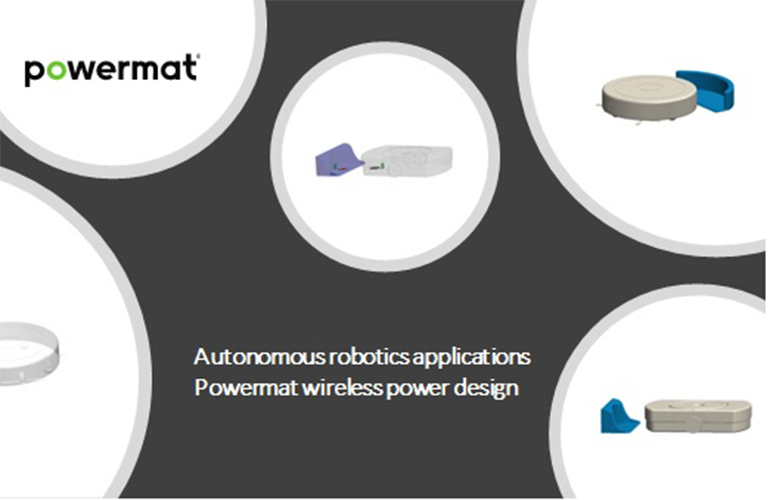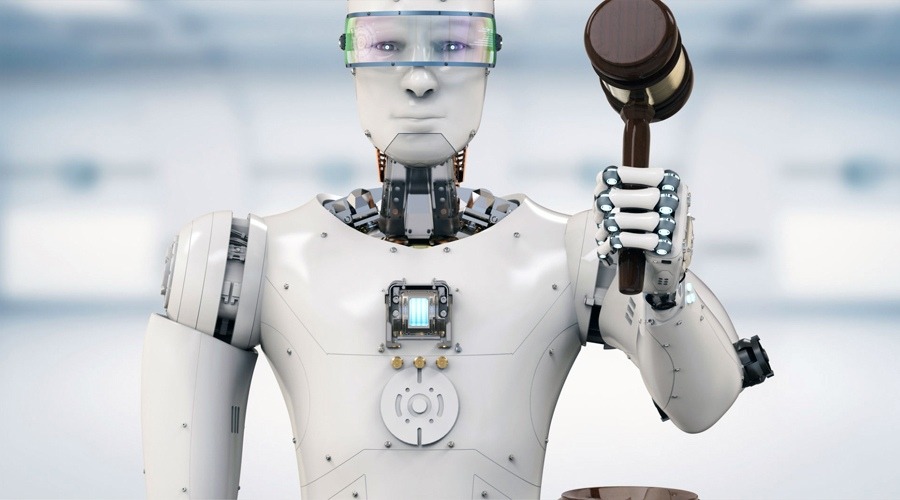In a surprise move that’s sent shockwaves through the tech world, Milan Kovac, the engineering mastermind behind Tesla’s Optimus humanoid robot, has abruptly retired. His departure comes just as Elon Musk is betting big on robots—with plans to churn out thousands of Optimus bots by 2025 and a million per year by 2030.
Why This Matters
Kovac wasn’t just any executive—he was one of Tesla’s top AI brains, leading the charge to turn Optimus from a sci-fi dream into a real-world product. Now, with him gone, questions are swirling:
ⓠWill Tesla’s robot timeline slip?
â“ Is Optimus really ready for prime time?
â“ Why leave now, when the project is heating up?
In a heartfelt post on X (Twitter), Kovac called his exit "the hardest decision of my life", citing family time as the reason. But his timing is curious—just days after Elon Musk doubled down on robots, calling them Tesla’s future.
Meet the New Boss (Same as the Old Boss?)
Stepping in temporarily is Ashok Elluswamy, Tesla’s Autopilot chief. He’s a solid pick—Musk recently named him and Kovac as Tesla’s two most critical AI leaders. But here’s the catch: Optimus isn’t a car.
Building a humanoid robot that can safely work alongside humans is a radically different challenge than perfecting self-driving software. Can Elluswamy deliver where Kovac left off?
Behind the Scenes: Skepticism and Speed Bumps
This isn’t the first sign of turbulence for Optimus. Earlier, a former Tesla robotics engineer went public with doubts, saying the bots wouldn’t actually help Tesla’s factories in the near term.
Yet Musk remains bullish, insisting robots will eventually be more valuable than Tesla’s car business. His vision? Millions of Optimus bots handling chores, factory work, even eldercare.
What’s Next for Tesla’s Robot Dreams?
Kovac’s exit doesn’t mean Optimus is doomed—but it raises the stakes. Tesla’s already facing slowing EV sales and AI talent wars with rivals like OpenAI and Boston Dynamics. Now, it has to prove its robots aren’t just a side project.
One thing’s clear: The race to build the first mass-market humanoid robot just got a lot more interesting.


















